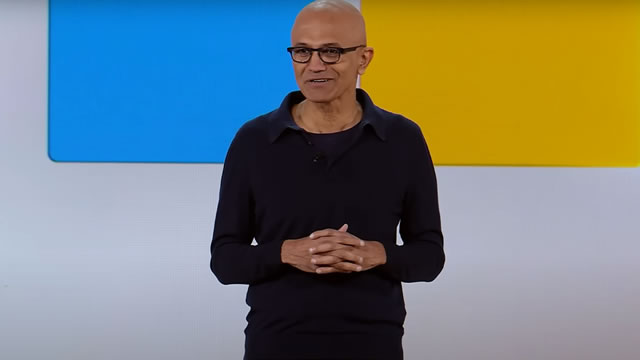Visa Joins Global Dollar Network Stablecoin Consortium: A New Era in Traditional Finance and Digital Currencies
In a groundbreaking move that could reshape the financial landscape, Visa, the world’s leading digital payments company, has reportedly joined the Global Dollar Network (USDG) stablecoin consortium. According to unnamed sources cited by CoinDesk on April 14, 2023, Visa will be the first traditional finance player to join the consortium, which aims to share out yield to participants that create connectivity and liquidity.
What is the Global Dollar Network (USDG) Stablecoin Consortium?
The Global Dollar Network (USDG) is a decentralized stablecoin consortium that aims to provide a more efficient and cost-effective alternative to traditional cross-border payments. Stablecoins are cryptocurrencies that are pegged to a stable asset, such as the US dollar, to reduce volatility. By joining the consortium, Visa will be able to leverage the benefits of stablecoins and contribute to the development of a more interconnected and decentralized financial system.
How Will Visa’s Participation in the USDG Consortium Impact Traditional Finance?
Visa’s entry into the USDG consortium marks a significant milestone in the convergence of traditional finance and digital currencies. The move is expected to bring several benefits to the traditional finance sector, including:
- Improved cross-border payments: Stablecoins offer faster and more cost-effective cross-border transactions compared to traditional methods. Visa’s participation in the consortium could lead to the integration of stablecoins into its payment network, enabling faster and more efficient cross-border payments.
- Reduced counterparty risk: Stablecoins are less volatile than other cryptocurrencies, making them an attractive alternative for institutions looking to reduce counterparty risk. Visa’s entry into the consortium could help institutional investors gain more confidence in stablecoins and increase their adoption.
- Increased financial inclusion: Stablecoins have the potential to increase financial inclusion, particularly in emerging markets where access to traditional financial services is limited. Visa’s participation in the consortium could help expand financial services to underbanked populations and improve financial infrastructure in these regions.
How Will Visa’s Participation in the USDG Consortium Impact Individuals?
Visa’s participation in the USDG consortium could also have a significant impact on individuals, particularly those who frequently make international transactions or live in regions with limited access to traditional financial services. The benefits could include:
- Faster and cheaper cross-border transactions: Stablecoins offer faster and more cost-effective cross-border transactions compared to traditional methods. Visa’s integration of stablecoins into its payment network could enable individuals to send and receive international payments more quickly and at a lower cost.
- Increased financial inclusion: Stablecoins have the potential to increase financial inclusion, particularly in emerging markets where access to traditional financial services is limited. Visa’s participation in the consortium could help expand financial services to underbanked populations and improve financial infrastructure in these regions.
- Reduced volatility: Stablecoins are less volatile than other cryptocurrencies, making them a more stable alternative for individuals looking to make international transactions or hold digital assets. Visa’s entry into the consortium could help increase confidence in stablecoins and encourage more widespread adoption.
Conclusion
Visa’s reported entry into the Global Dollar Network (USDG) stablecoin consortium marks a significant milestone in the convergence of traditional finance and digital currencies. The move is expected to bring several benefits to both the traditional finance sector and individuals, including improved cross-border payments, reduced counterparty risk, increased financial inclusion, and reduced volatility. As the financial landscape continues to evolve, it will be interesting to see how other traditional finance players respond to this development and how it shapes the future of financial services.





